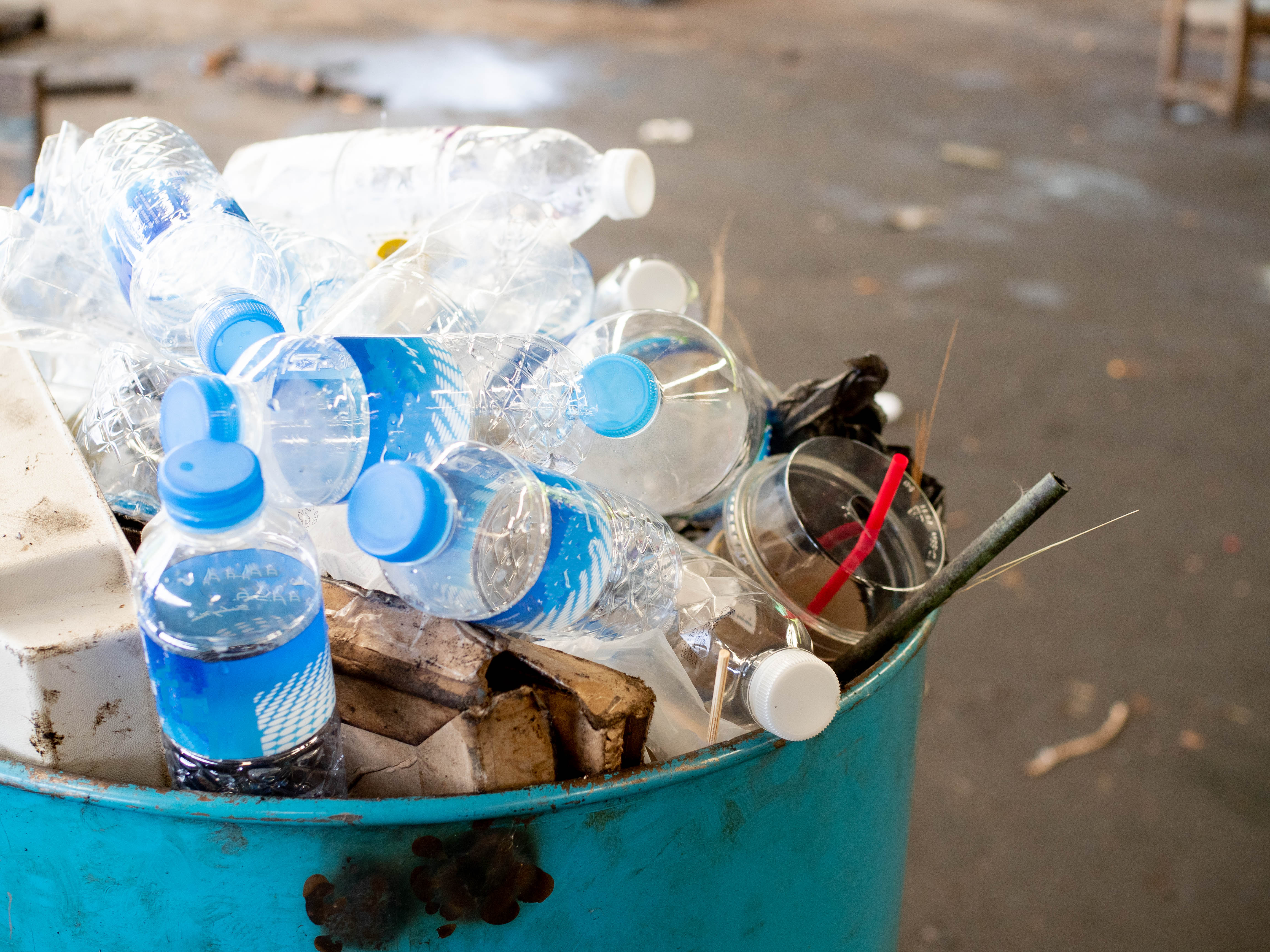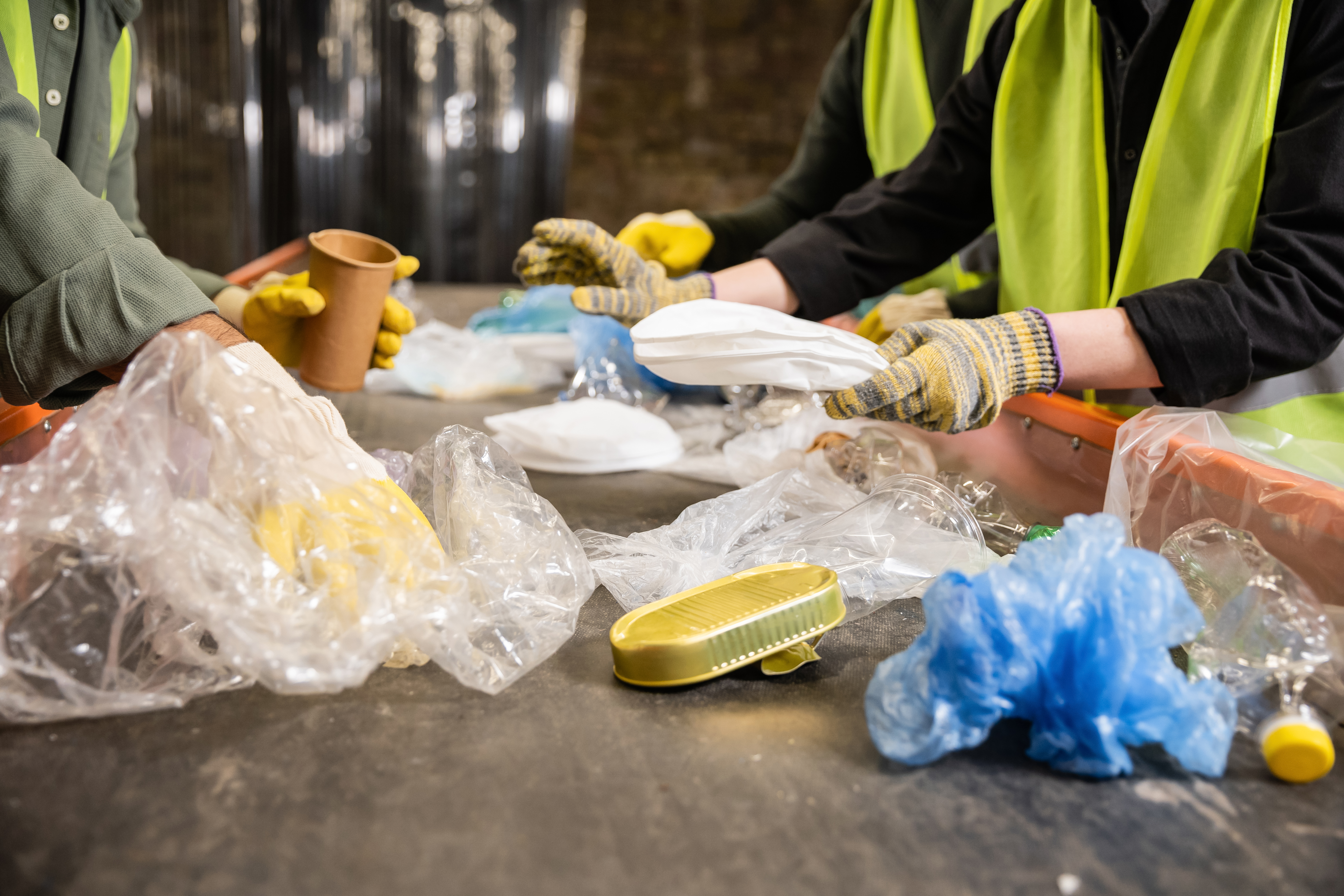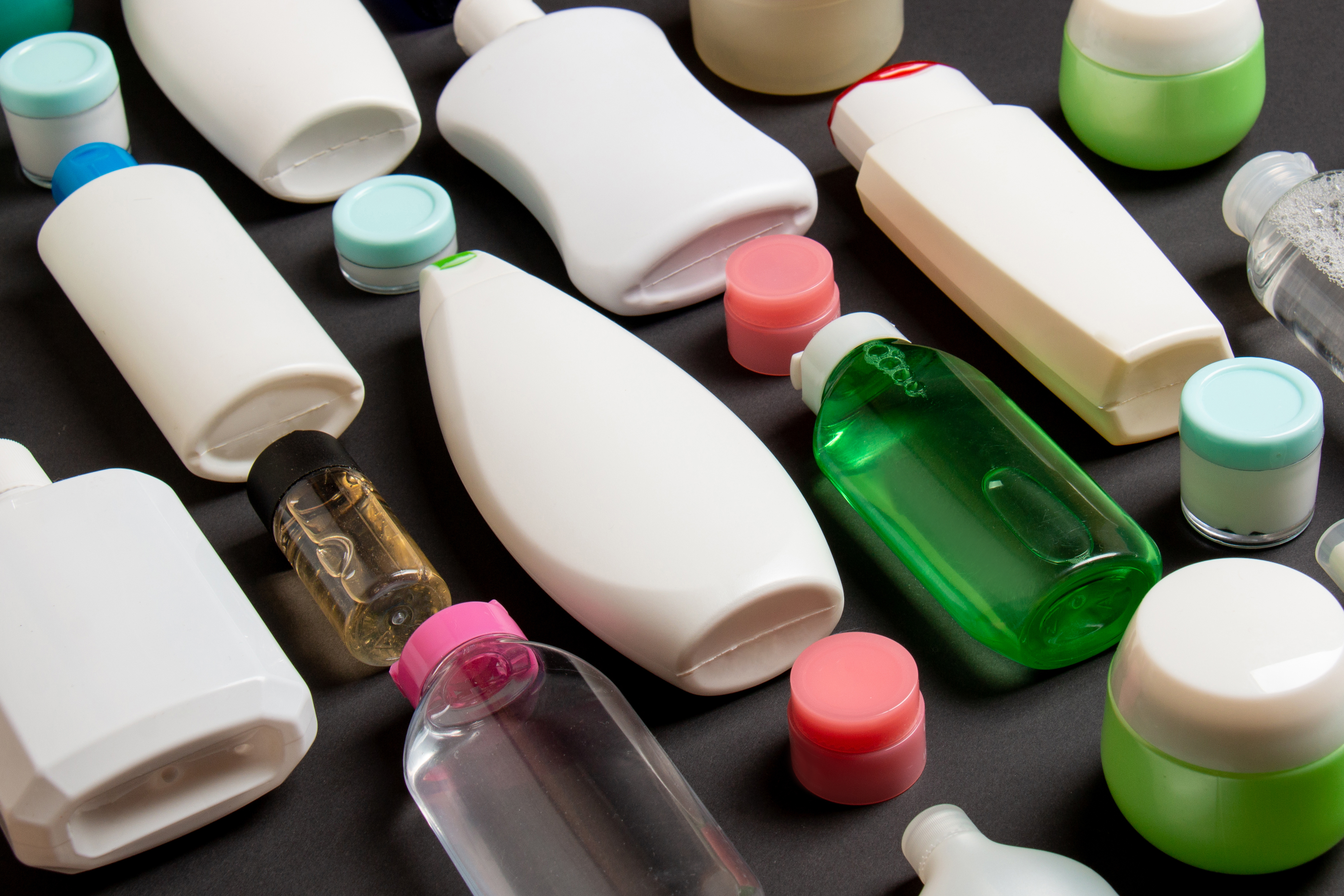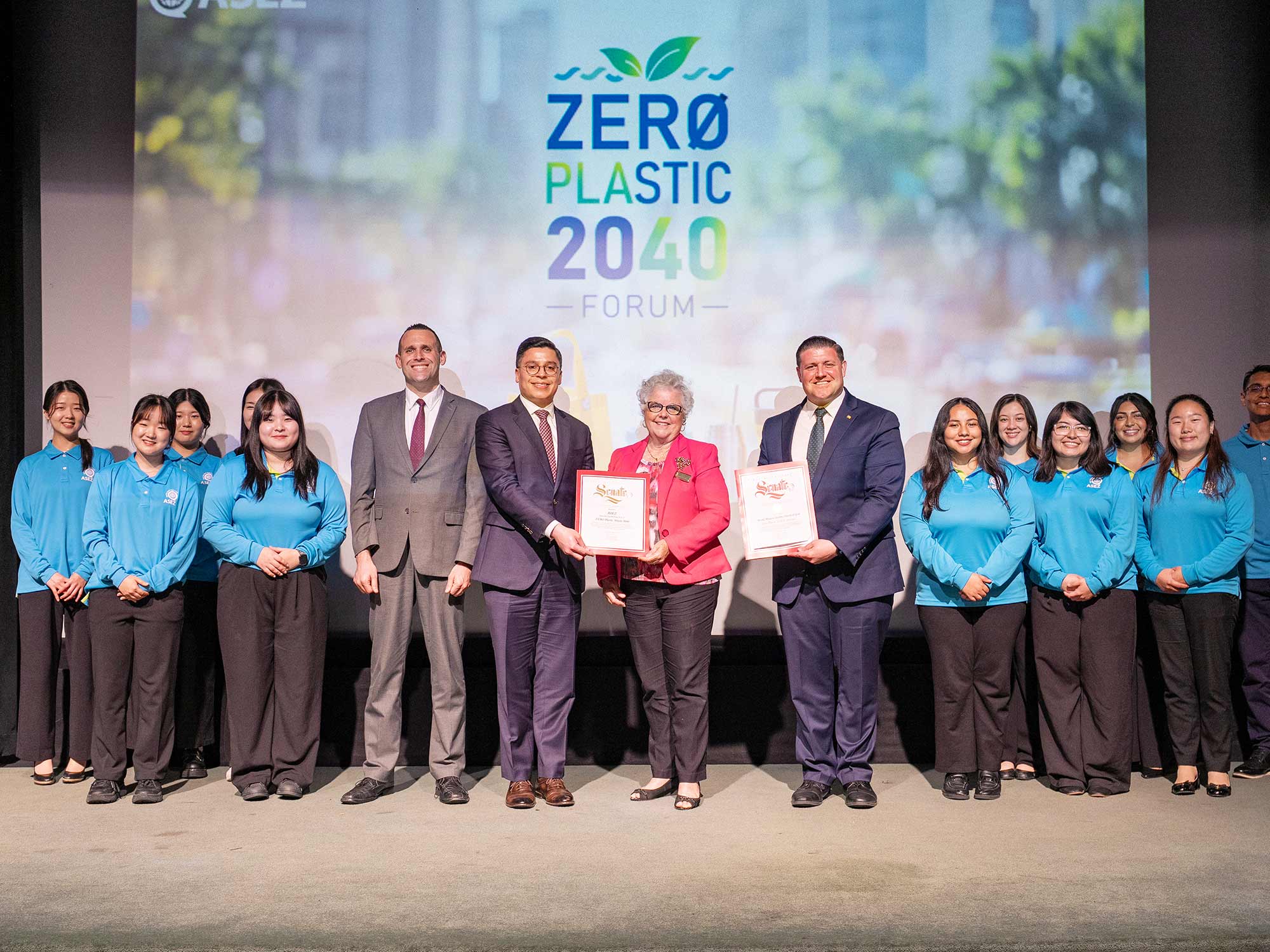June 5 – World Environment Day
The international community has designated various environmental awareness days to highlight the seriousness of environmental issues and to inspire civic consciousness for a sustainable future. Notable examples include World Water Day (March 22) and the International Day for Biological Diversity (May 22). The most influential of these is World Environment Day, commemorated globally on June 5 under the auspices of the United Nations. Established following the 1972 Stockholm Conference on the Human Environment, this observance has evolved into the world’s largest international environmental campaign, with participation from over 150 countries[1].
Each year, World Environment Day focuses on a core environmental challenge facing the planet, offering strategic directions in response. In 2021, Pakistan hosted the theme “Ecosystem Restoration”; in 2024, Saudi Arabia led campaigns under the theme “Land Restoration.” In 2025, South Korea will serve as the host nation, spearheading global efforts in campaigns and forums around the theme “Ending Plastic Pollution.” This event will mark a turning point in urging international cooperation and substantial societal engagement to solve plastic-related issues[2].

Plastic Pollution: A Shared Crisis
How exactly is plastic polluting our planet amid the growing global crisis? The answer lies in tracing the life cycle of plastic—from production to usage to disposal. Each stage is interconnected and contributes to a multifaceted crisis facing humanity[3].
- Plastic Production
Annually, around 400 million tons of plastic are produced worldwide. Over 99% of these plastics are made from fossil fuel-derived raw materials like petroleum and natural gas. Producing just 1 kg (2.2 lbs) of plastic emits approximately 5 kg (11.02 lbs) of carbon dioxide, directly contributing to global carbon emissions. This excessive production pattern encourages more fossil fuel consumption and accelerates the climate crisis.
- Use of Plastic
Lightweight and highly durable, plastic is extensively used across various industries and in daily life, leading to an explosive increase in single-use products. Currently, half of the plastic produced globally is discarded after just one use. At the same time, only 9% of all plastic is actually recycled. This low recycling rate places a significant burden on the environment, and plastic that accumulates without decomposing eventually breaks down into microplastics, posing threats to both wildlife and human health. Scientists warn that the average person today ingests an amount of microplastics equivalent to a credit card each week[4].
- Plastic Waste
The amount of plastic waste continues to increase. In 2000, approximately 156 million tons of waste were generated, but by 2019, that number had more than doubled to 353 million tons. The problem lies in the fact that it takes about 500 years for plastic to decompose naturally. As a result, both land and marine ecosystems are being polluted over extended periods, and it is currently estimated that around 30 million tons of plastic waste are floating in the oceans. If this trend continues, it is warned that by 2050, around 12 billion tons of plastic waste will accumulate in landfills worldwide[5].

The Reality of Responding to Plastic Waste
In an effort to address this issue, governments, businesses, and individuals have all responded in various ways. However, the limitations of these efforts are increasingly becoming apparent. Today, the plastic problem is not merely a matter of waste disposal—it must be recognized as a structural challenge that requires a transformation of the entire system.
- Example 1: Low Actual Recycling Rate
South Korea, the OECD country with the highest per capita plastic waste generation, reported a plastic waste recycling rate of 56.7% in 2021. However, this figure includes incineration for energy recovery, and when applying the EU standard, the actual recycling rate is only 16.4%. This highlights the need to reassess how well the indicator of “recycling rate” reflects genuine resource circulation. When formal statistics obscure the true nature of the problem, there is a risk of distorting policy directions.
- Example 2: Lack of Effort to Reduce Production
Many plastic policies around the world still focus primarily on waste management, with insufficient structural interventions aimed at reducing the actual volume of plastic production. In response to this, the United Nations Environment Programme (UNEP) has pointed out that “recycling technologies alone are not enough to solve plastic pollution—upstream reductions in production must accompany them.” However, national policies have often delayed implementing production regulations, citing industrial opposition or economic burdens. As a result, the current structure continues to rely on post-consumption treatment while leaving the root causes of pollution largely unaddressed.
- Example 3: Policy Regression and Weak Implementation
The current reduction approach, which largely relies on voluntary corporate participation, is insufficient to guarantee meaningful outcomes. Some companies, while promoting environmental responsibility, merely meet the minimum standards or engage in greenwashing to gain trust from consumers[6].
Moreover, although the Basel Convention, revised in 2021, strictly regulates the export and import of plastic waste, some countries still evade these regulations or transfer waste to third countries. This lack of enforcement raises doubts about the effectiveness of international environmental agreements.

Practical Change: What We Can Do
It is difficult to achieve real change through formal recycling statistics or voluntary reduction pledges alone. Then, what can we do right now to bring about practical change? The answer does not lie in some grand technological breakthrough, but rather in the everyday actions of individuals.
First, the actions of civil society and young adults are a powerful driving force for change. Environmental education, refill stations, zero-waste shops, and daily behavior change campaigns are not one-off events, but function as sustainable platforms that transform lifestyles. In particular, the practices of university students tend to spread from campuses to local communities, generating a ripple effect that brings about change in everyday life for everyone[7].
Individual efforts are also important. First, to reduce the use of disposable products, we should incorporate reusables such as tumblers, eco-bags, and handkerchiefs into our daily lives.
Second, changing consumption habits is necessary—such as buying second-hand products and avoiding items with excessive packaging. Third, a shift in lifestyle patterns is required. This includes minimizing unnecessary plastic use and taking responsibility for proper waste separation after use. Such actions can lead to collective practice across various settings like campuses, workplaces, and homes[8].
When these small actions come together, they ultimately become a force capable of changing systems and structures. Practical changes in daily life are the most realistic solution we can choose—right here, right now.

ZERO PLASTIC 2040: ASEZ and Hope
The most powerful solution to overcoming the plastic crisis is collective action. Environmental issues cannot be solved by the efforts of a single person; they require organic cooperation across all levels of society. In a reality where we can no longer wait for someone else to act on our behalf, individual practice has become more crucial than ever. Every moment of action we take in our respective places is a moment that can change the future of the planet.
Amid this wave of change, the voluntary participation of university students is gaining attention. The university student volunteer group ASEZ from the World Mission Society Church of God is leading the “ZERO PLASTIC 2040” campaign, envisioning a world free of plastic. By reducing plastic use in daily life and forming solidarity with local communities, ASEZ’s activities are bringing hope to society and contributing to the protection of our planet.
The effective implementation of international agreements to end plastic pollution cannot happen without the participation of individuals. By joining campaigns like those led by ASEZ, we all can be the leader of change for the sustainable future. Now is the time to act.